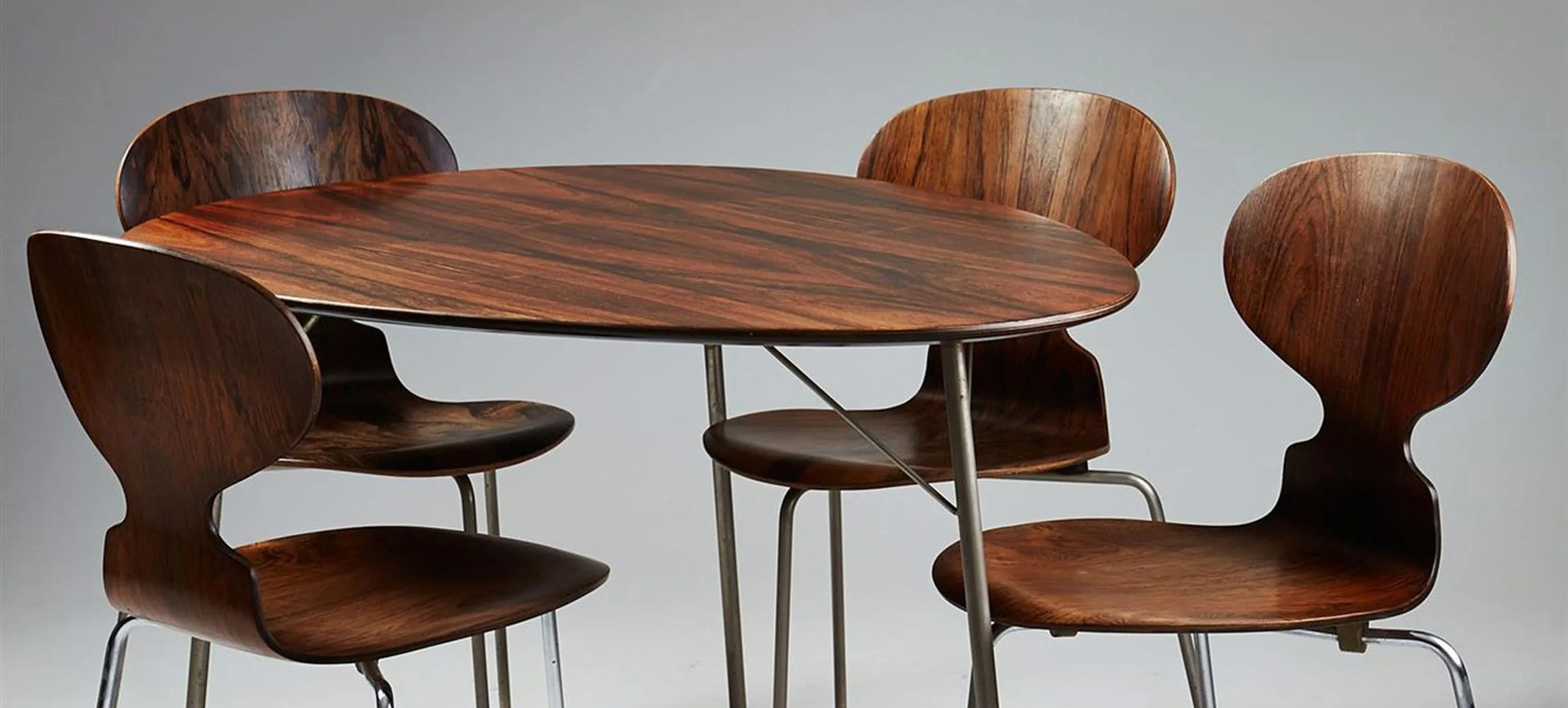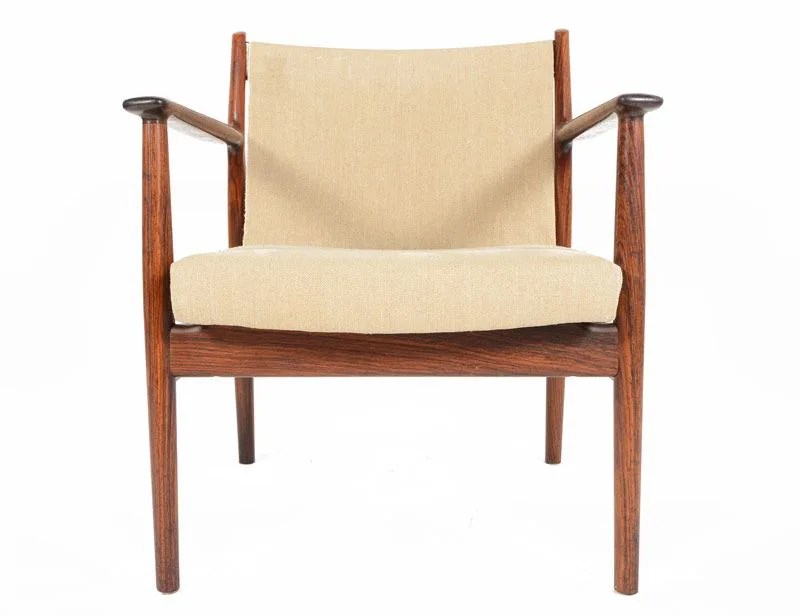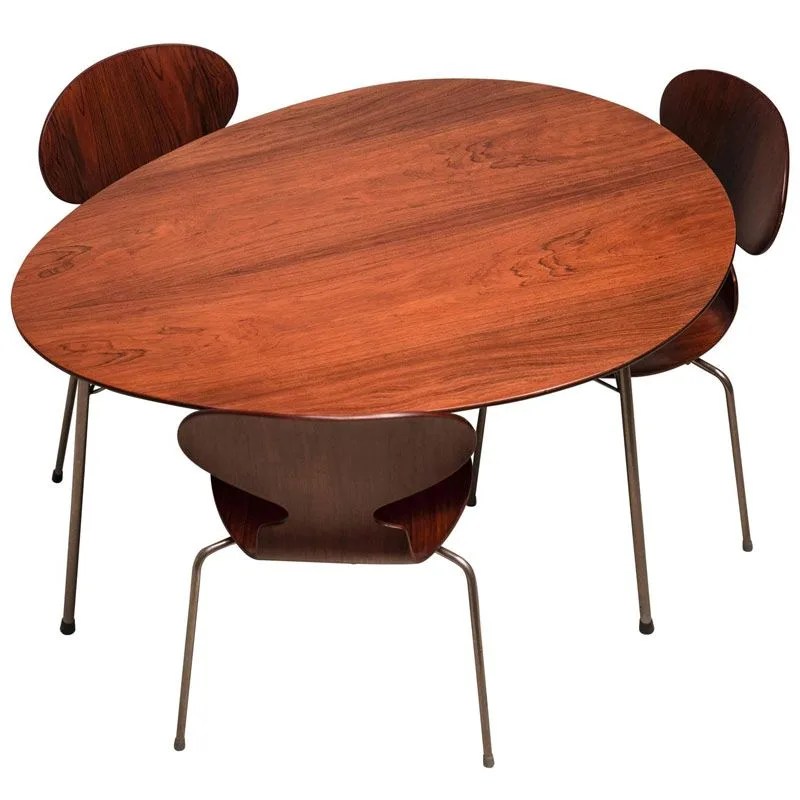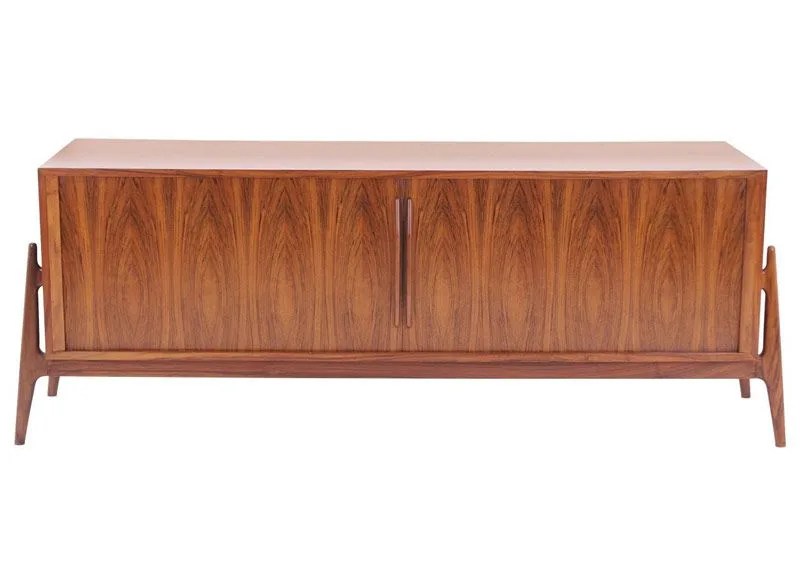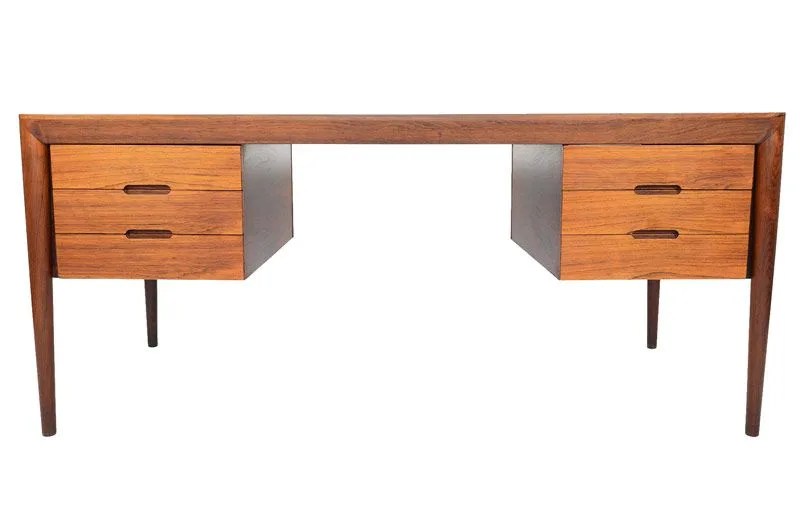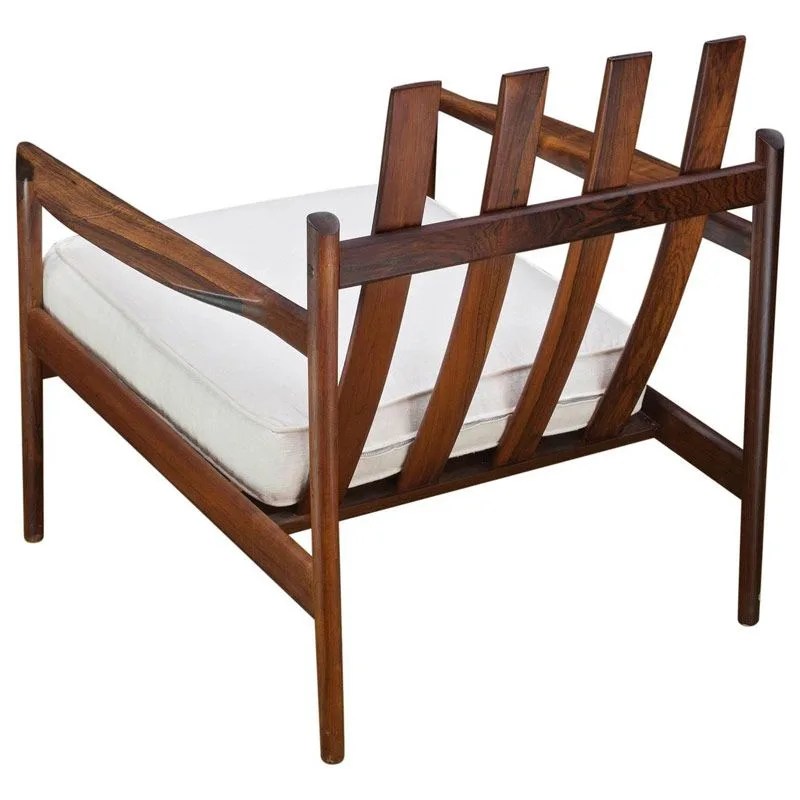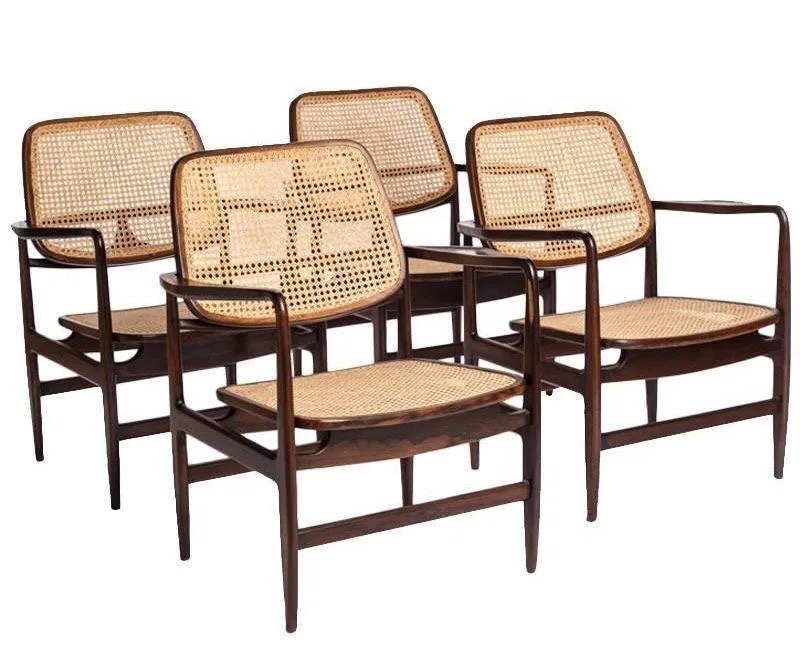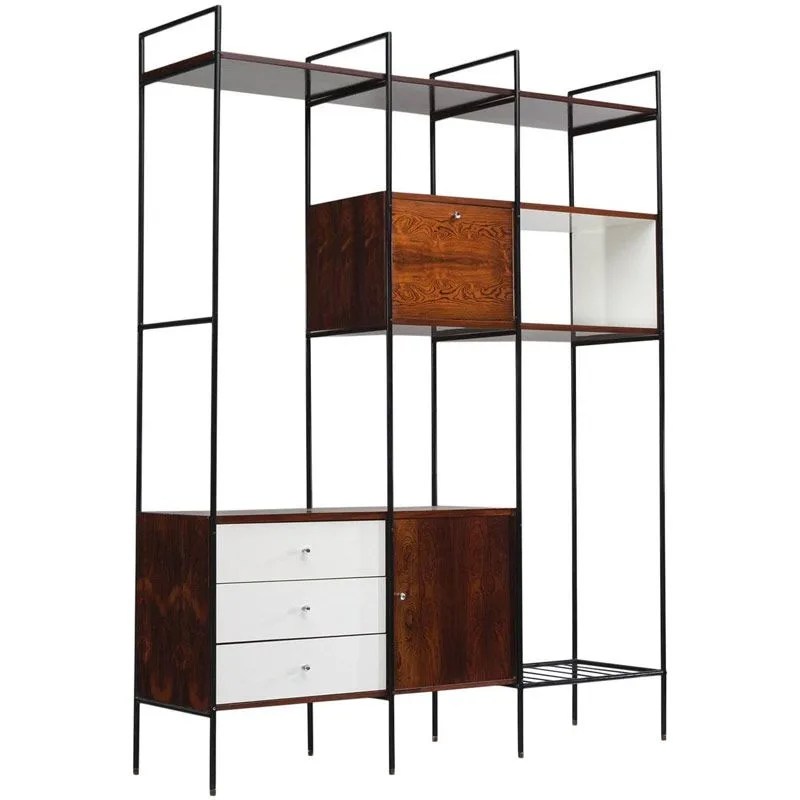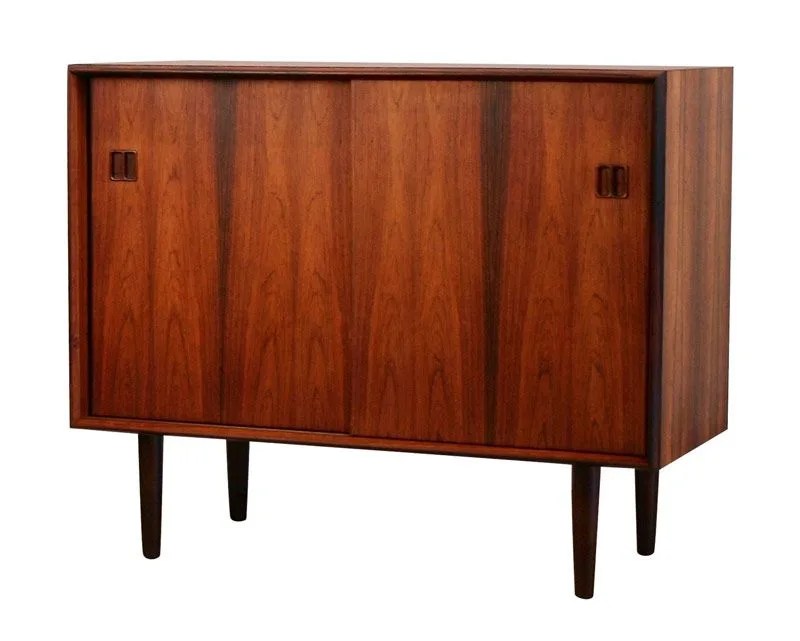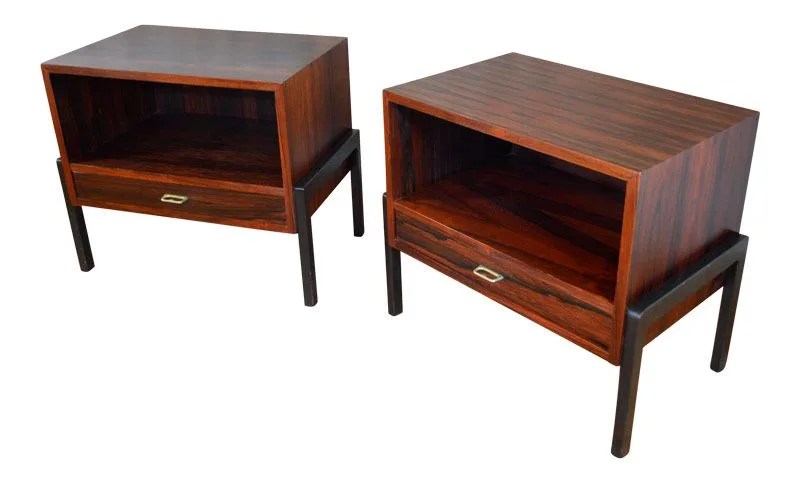
“Rosewood never shows wear,” said designer Charles Eames upon the launch of his Eames Lounge Chair. The chair, with a molded Brazilian rosewood frame and black leather upholstery, was accompanied by a matching ottoman, and remains today one of the most iconic and coveted furniture sets of the 20th century. It was Eames’ first foray into the realm of high-end furniture, having previously focused his energies on affordable designs, and no material was better suited to the luxury sphere than Brazilian rosewood.
Brazilian rosewood (also known as Dalbergia nigra or jacarandá da Bahia) has been used in furniture designs long before Eames created his iconic living room set. Marked by a reddish brown (though sometimes chocolate or purplish) hue, Brazilian rosewood is prized for its visually complex veneer and distinct grain patterns — especially among older trees. It was used in the Regency-style furniture of the early nineteenth century, favored for its richness and depth, and embellished with gold inlays and rosettes. Just over a century later, rosewood underwent a resurgence — but to very different effect.
Mid-century ideals — specifically those that categorized as Danish modern — furthered the Bauhaus design principles of the 1920s by developing affordable furniture backed by quality craftsmanship, designed with the human body in mind. Ornamentation was kept to a minimum, the focus instead being on functionality and materiality. With this concept came the resurgence of Brazilian rosewood: “The Scandinavians, with their penchant for stressing the surface and silhouette of furniture, were the first in the twentieth century to realize that a simple slab of rosewood could provide all the ornamentation that a lot of people would wish for,” states a 1964 New York Times article on then-contemporary furniture trends.
“The Scandinavians [realized] that a simple slab of rosewood could provide all the ornamentation that a lot of people would wish for.”
“Danish modern furniture from the 1950s and ‘60s became a worldwide phenomenon, with most furniture-producing countries copying the look in one way or another,” says Julian Goldklang, owner and co-founder of Mid-Century Møbler, one of the country’s largest dealers of authentic mid-century furniture. In case pieces like bureaus and chests of drawers, the wood took the form of a veneer, with solid wood reserved for higher-end styles. “Because of this popularity, the demand for pieces finished with Brazilian rosewood skyrocketed, increasing production on an exponential level and decimating the rainforests of Brazil.”
